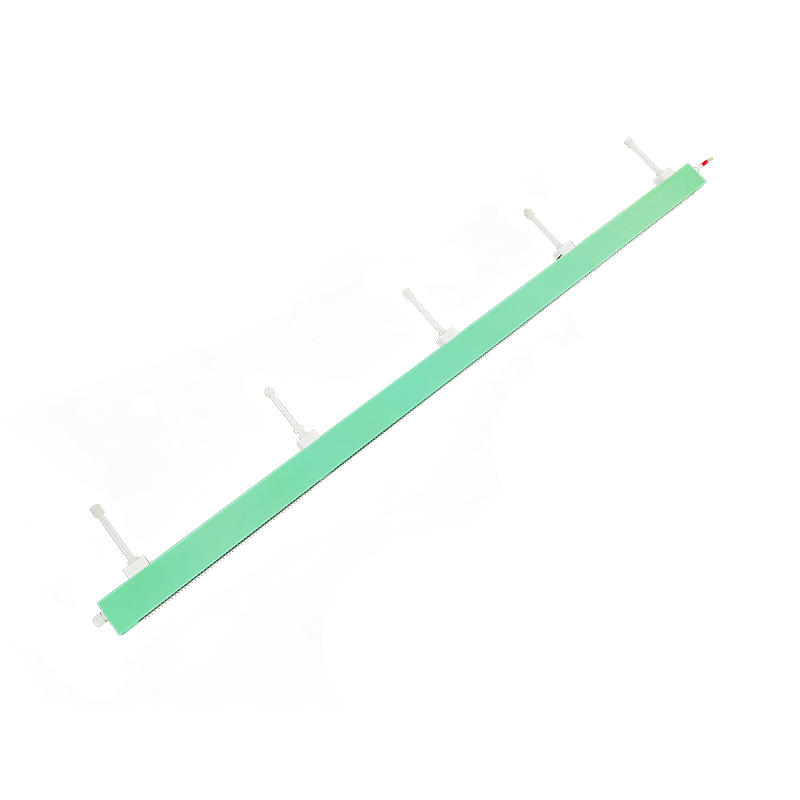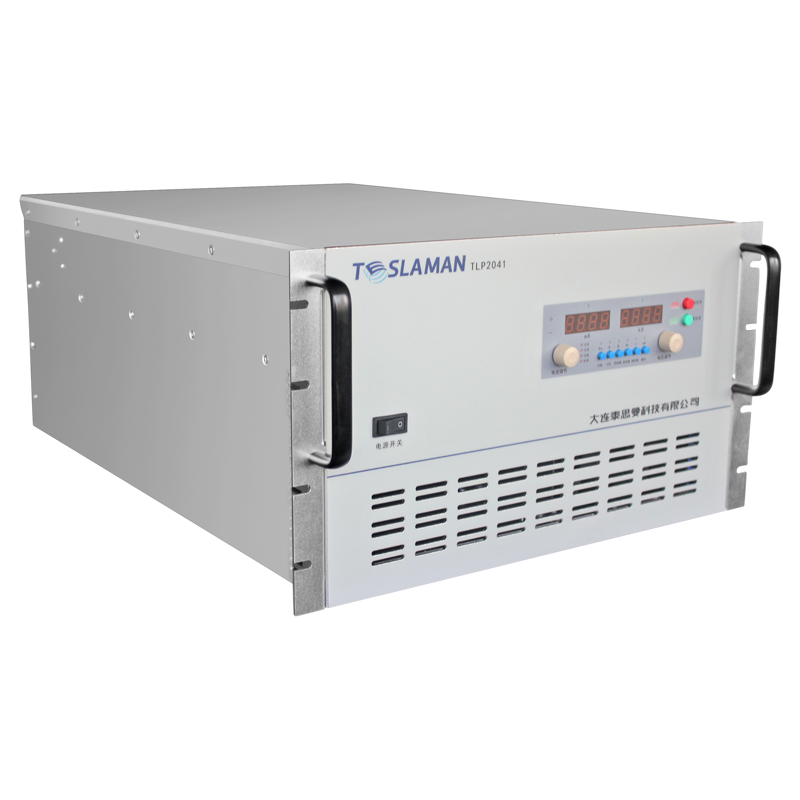Research on the Vibration-Resistant Performance of High-Voltage Power Supplies for Electrostatic Chucks
In fields such as semiconductor manufacturing and precision machining, electrostatic chucks rely on the electrostatic field generated by high-voltage power supplies to adsorb workpieces, enabling high-precision positioning and processing. However, vibration sources are widespread in the production environment, such as the operation of mechanical equipment and jolts during transportation. These vibrations can significantly affect the performance of high-voltage power supplies for electrostatic chucks. Therefore, research on their vibration-resistant performance has become a key topic to ensure processing accuracy and equipment stability.
The impact of vibration on high-voltage power supplies for electrostatic chucks is mainly reflected in multiple aspects. From a mechanical structure perspective, continuous vibration can cause components and circuit boards inside the power supply to loosen, leading to poor connections. For example, loose terminal blocks may cause open or short circuits in the circuit, affecting the normal output of the power supply. The displacement of magnetic components such as transformers and inductors can change their magnetic coupling state, thereby affecting the power conversion efficiency of the power supply and the stability of the output voltage. In terms of electrical performance, vibration can change the parameters of capacitors, inductors, and other components inside the power supply, interfering with the control loop of the power supply. If the feedback system of the power supply cannot respond to these parameter changes in a timely and accurate manner, it will lead to fluctuations in the output voltage, affecting the adsorption force of the electrostatic chuck and even causing the workpiece to fall off, resulting in production accidents.
To enhance the vibration-resistant performance of high-voltage power supplies for electrostatic chucks, efforts can be made in structural design and material selection. In structural design, reinforced chassis and internal layouts are adopted. The chassis can be made of high-strength and high-rigidity metal materials, and its overall strength can be enhanced through optimized structural design to reduce the transmission of vibration. The layout of internal components should follow the principle of center-of-gravity symmetry to avoid the vibration amplification effect caused by center-of-gravity offset. At the same time, elastic components such as vibration-damping brackets and rubber pads are used to isolate and install key components, effectively absorbing vibration energy. In terms of material selection, electronic components and circuit board materials with good vibration resistance are preferred. For example, high-reliability surface-mount components are used instead of through-hole components to reduce the risk of pin breakage in a vibration environment. Vibration-resistant and impact-resistant copper-clad laminates are selected to manufacture circuit boards, enhancing the mechanical strength of the circuit boards.
In addition, the improvement of vibration-resistant performance also requires the integration of advanced control strategies. By introducing a vibration monitoring module into the power supply control system, vibration data of the power supply can be collected in real time, and algorithms can be used to analyze and process the vibration signals. When the detected vibration intensity exceeds the threshold, the control system automatically adjusts the output parameters of the power supply to compensate for the impact of vibration on electrical performance and maintain the stability of the output voltage. At the same time, technologies such as adaptive control and robust control can be utilized to improve the dynamic response ability and stability of the power supply in complex vibration environments.
In the future, with the continuous increase in the requirements for processing accuracy in industries such as semiconductor manufacturing, research on the vibration-resistant performance of high-voltage power supplies for electrostatic chucks will continue to deepen. Through the coordinated development of structural design, material innovation, and control technology, it is expected to further enhance the vibration resistance of high-voltage power supplies, providing more reliable equipment support for the precision machining field and promoting the high-quality development of related industries.




















